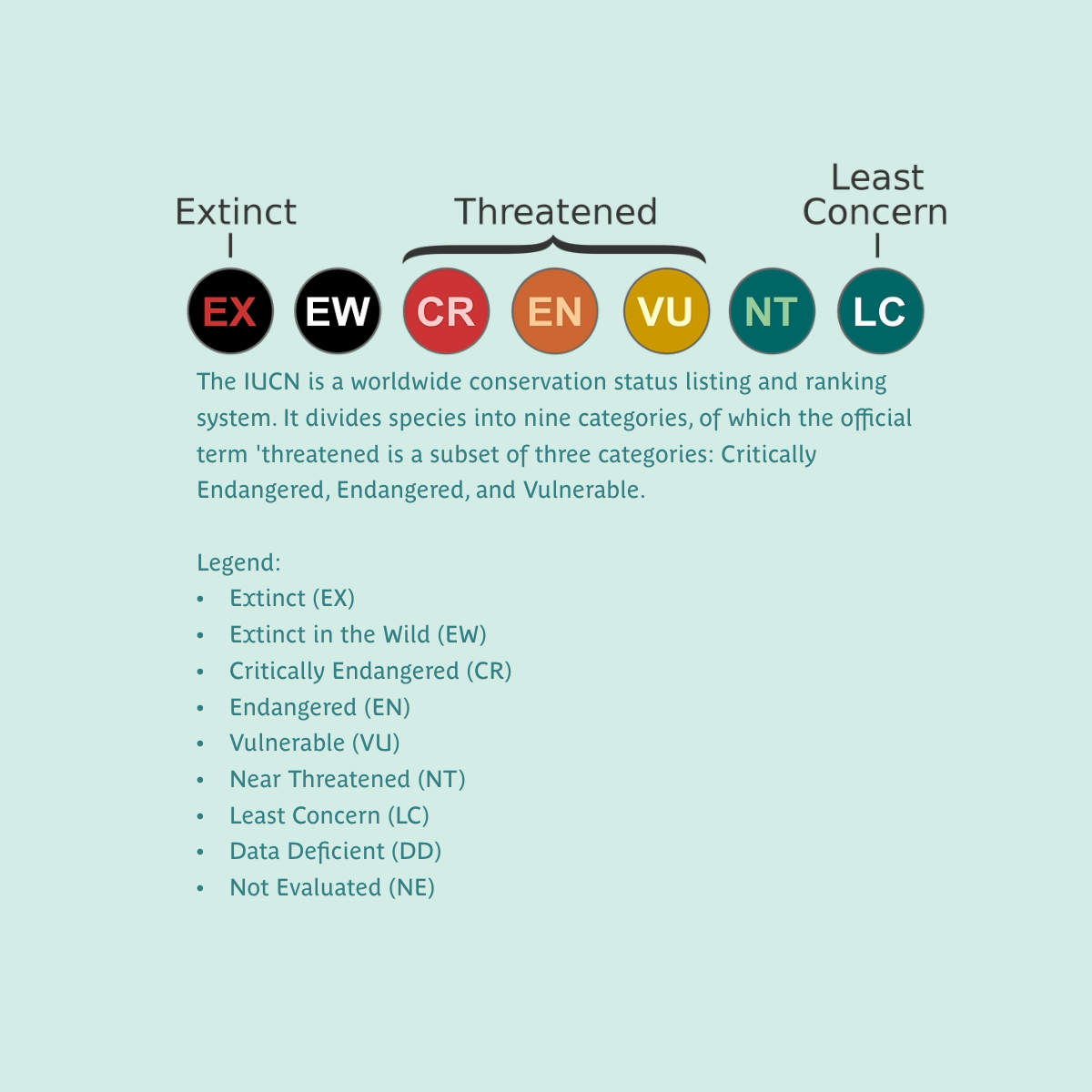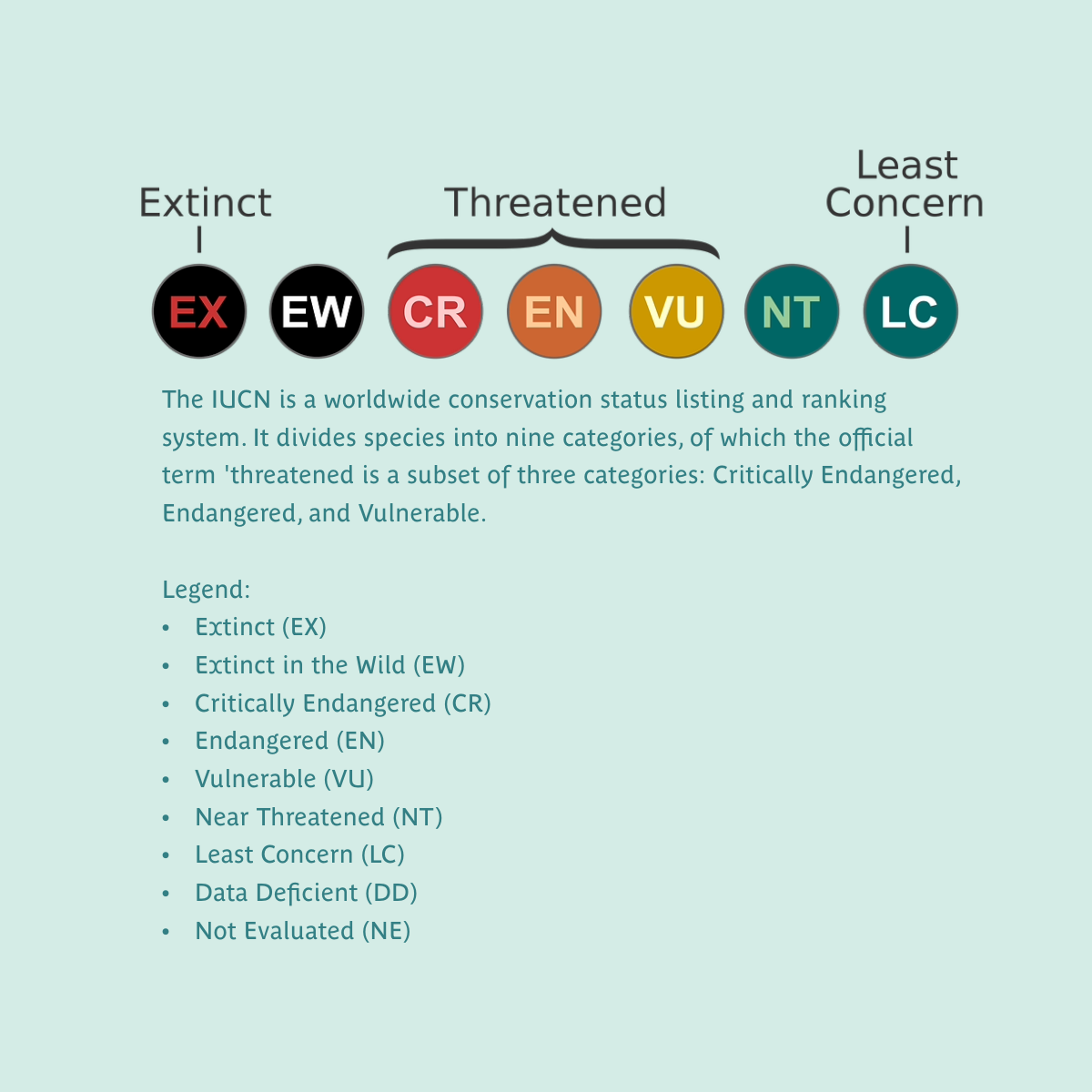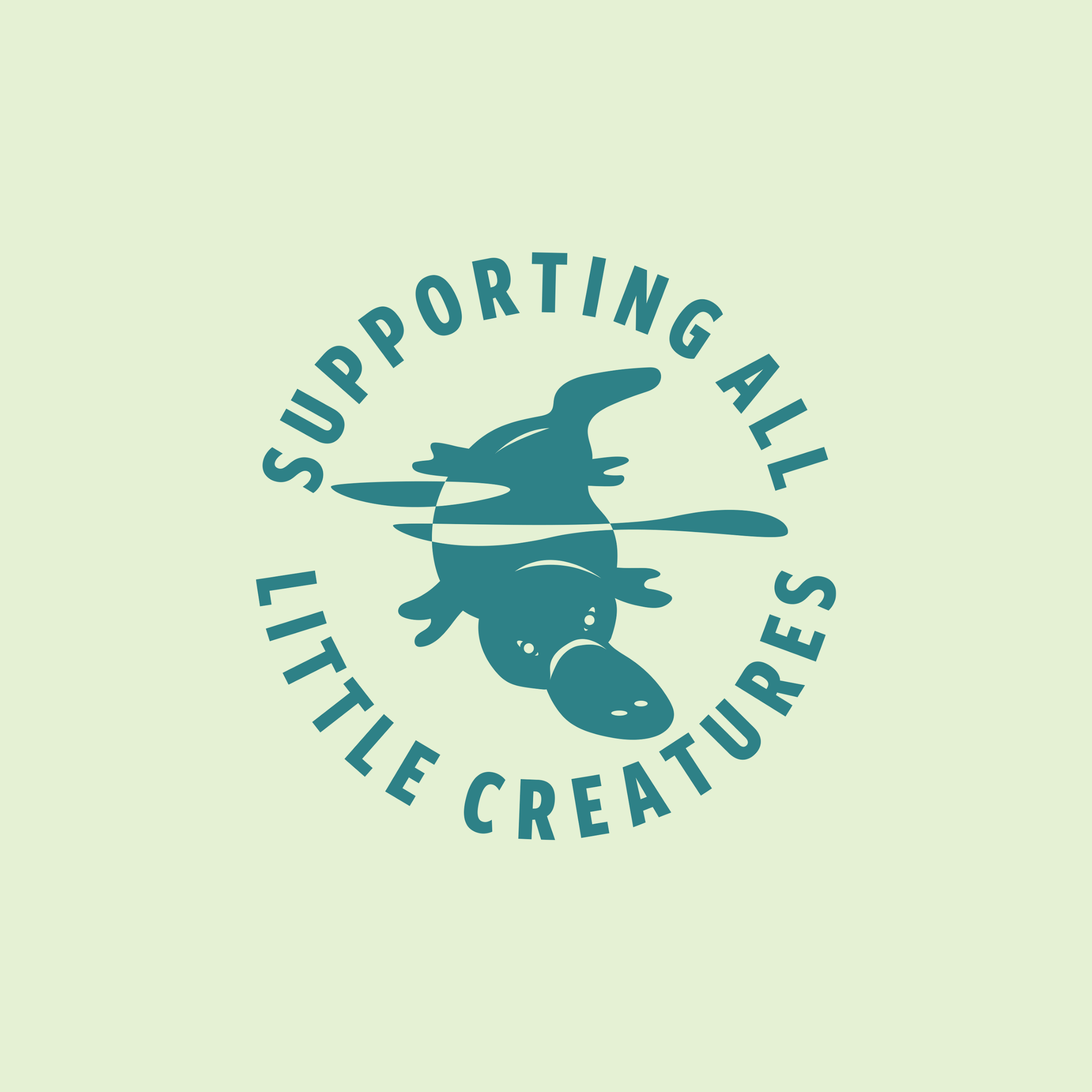Fun Facts
Gouldian Finches come in three colour varieties through genetic variation, similar to how humans can have different eye colours. Black faced birds are the most common (75%), followed by red faced birds (25%) and there are also very rare yellow faced birds (only 1 in 3,000).
Gouldian Finches are very social. Outside the breeding season, they often join mixed flocks that may have between 1,000-2,000 birds.
These finches feed almost entirely on grass seeds, except during the breeding season when they eat mostly insects. The higher protein from insects helps satisfy the demanding appetite of the young birds… sound familiar?
Unlike many birds, Gouldian Finches are generally silent, but from time to time make a high-pitched whistling 'ssitt', and occasionally trills, soft chirps, and hisses.
Where can you find them?
Gouldian Finches live in tropical savanna woodland, which has lots of tall grasses and some trees. They were once found across all of northern Australia but there are now only small flocks in a few locations in Western Australia and in the Northern Territory, and they are occasionally seen in Queensland.
Least Concern (Revised from Threatened)
Conservation status
Gouldian Finches were considered threatened until December 2021. But thanks to recent conservation efforts their population now appears stable.
Their biggest threat is from large wildfires during the late dry season. Fires kill the trees needed for nesting and wipe out grasslands - their main food source. Other threats include cattle grazing (which also removes their food source), people illegally capturing the birds to sell, and disease.
In December 2021 the IUCN Red List revised the classification of Gouldian Finches from Threatened to Least Concern, they were formerly Endangered. Source: BirdLife International. 2022. Chloebia gouldiae. The IUCN Red List of Threatened Species 2022: e.T22719744A211561819.https://dx.doi.org/10.2305/IUCN.UK.2022-1.RLTS.T22719744A211561819.en. Accessed on 28 July 2023.
Caring for Australia's Wildlife
We want our little ones, and yours, to grow up with a healthy planet, where native plants and animals thrive. That’s why we donate 1 cent from every product sold to support Australian wildlife. We also seek to minimise our impact on the environment wherever possible.
Australian Wildlife facing threats to survival are featured on our packaging, to help raise community awareness and support for these important animals.








